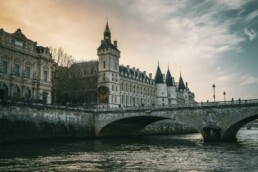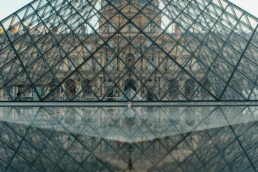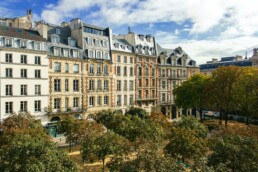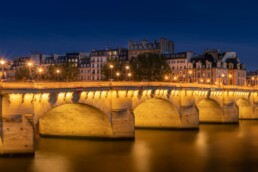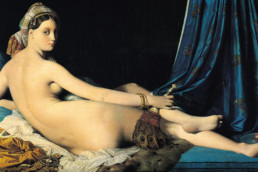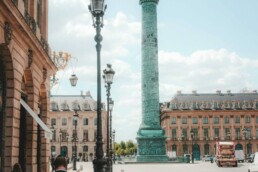At the majestic Place de la Concorde, framed by historic buildings and bathed in the gentle light of Paris, stand two fountains that, since their creation, have become jewels of the French capital. Works of art and silent witnesses of history, the fountains of Place de la Concorde tell a story of an era, a vision, and timeless elegance.
The story of these fountains begins in the mid-19th century, when architect Jacques Ignace Hittorff was commissioned by King Louis-Philippe to redesign the square. Inspired by the grand squares of Italy and neoclassical aesthetics, Hittorff designed two magnificent fountains, each embodying the elements that shape France: the Fountain of the Seas and the Fountain of the Rivers. These masterpieces of hydraulic and sculptural architecture were completed in 1840, quickly becoming symbols of Parisian grandeur.
The Fountain of the Seas, located on the southern side of the square, celebrates France’s maritime riches. It features allegorical figures representing the oceans and seas, surrounded by tritons and nereids. An urban legend tells that during the inauguration, a mesmerized spectator was so impressed by the beauty of the sculptures that she believed the aquatic creatures came to life under the lanterns’ glow. This magical moment reinforced the almost mystical aura of the fountain.
On the other side, the Fountain of the Rivers pays homage to the majestic waterways of the country, such as the Seine and the Rhône. The river allegories are surrounded by agricultural figures, symbolizing the abundance and fertility of French lands. A Parisian writer of the time, during a nocturnal stroll, was inspired by the sight of this illuminated fountain to compose a poem celebrating nature and the prosperity of France. His verses, hastily scribbled in a notebook, were later published and became a literary tribute to the square’s splendors.
The fountains are not only works of art; they also bear witness to historic moments. During the Paris Commune in 1871, Place de la Concorde became the scene of violent clashes. Despite the tumult, the fountains remained intact, symbols of resilience and timeless beauty. A poignant anecdote recounts that residents, seeking a moment of respite in the chaos, gathered around the fountains, finding in the water’s murmur a soothing echo to their anxieties.
Over the years, the fountains have continued to fascinate and inspire. Artists from around the world have attempted to capture their grace and movement in their works. An American photographer, visiting Paris in the early 20th century, spent days observing the play of light on the water, producing a series of photographs acclaimed for their striking beauty. Her photos, exhibited in Parisian galleries, helped solidify the fountains’ reputation as artistic symbols of the city.
Today, the fountains of Place de la Concorde remain iconic landmarks, attracting tourists and Parisians who come to admire their splendor. In summer, sunlight dances on the water jets, creating a sparkling spectacle that recalls Paris’s cultural and historical richness. In winter, shrouded in a light mist, they evoke a melancholic serenity, a reminder of the passage of time and the constancy of their beauty.
Thus, the fountains of Place de la Concorde are not merely ornaments; they are guardians of a glorious past, witnesses to moments of grace and turbulence, and inspirations for dreams and creations. Their history, engraved in every drop of water, continues to resonate through the ages, offering each visitor a glimpse of the eternal soul of Paris.
Lire également :
11 November 2024
The Conciergerie of Paris
11 November 2024
The Booksellers of the Seine: Guardians of Dreams and Memories
5 November 2024
The Louvre Pyramid: Symbol of Architectural Boldness
5 November 2024
The History of Place Dauphine: A Parisian Evocation
5 November 2024
The History of the Pont Neuf: A Parisian Reminiscence
21 January 2017
An Odalisque at the Louvre
21 January 2017




